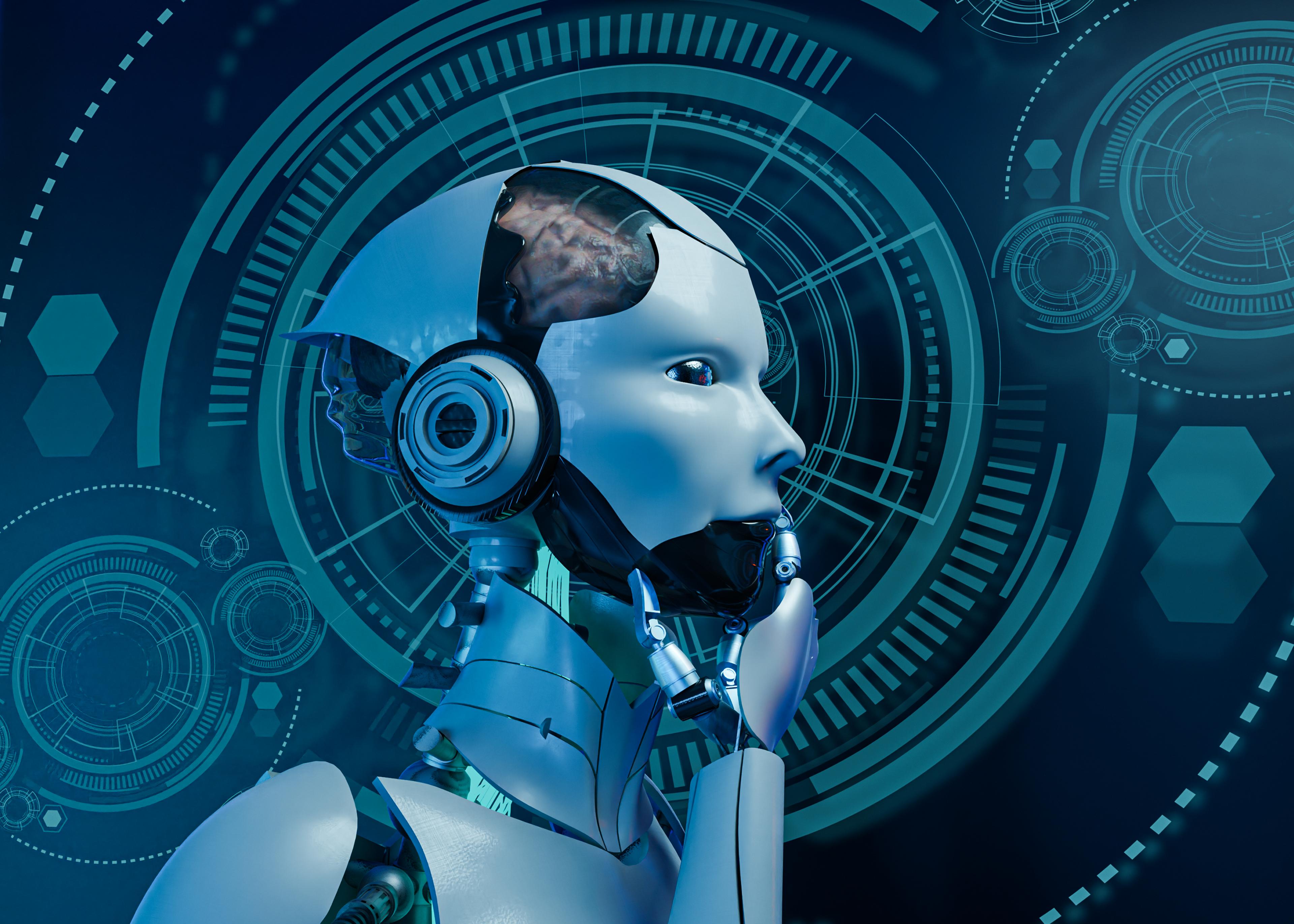How Work Changed in 2023 and What's Next for 2024: A Simple Guide to the Future of Work
Contents

In "Microsoft New Future of Work Report 2023," we delve into how Large Language Models (LLMs) are redefining the landscape of work in 2023 and beyond. This report examines the intersection of AI and human collaboration, highlighting how LLMs enhance productivity and provoke critical thinking. It also explores the unique impacts and challenges presented in domains like software engineering, education, and healthcare. As we look towards 2024, the document forecasts the evolving nature of work, emphasizing the need for responsible innovation and addressing adoption disparities in this rapidly changing era.
Enhancing Productivity with LLMs: A Balance Between Speed and Accuracy
The "Microsoft New Future of Work Report 2023" highlights the significant impact of Large Language Models (LLMs) in enhancing productivity in information work tasks. These advanced AI tools have shown their capability to help workers complete a variety of tasks more quickly, boosting output quality in the process. For instance, lab experiments demonstrate that LLMs can lead to substantial improvements in common information work tasks, though there are important qualifiers to consider.
One striking evidence of this productivity boost is the reduction in time spent on tasks. Studies have revealed that people took 37% less time on common writing tasks when using LLMs. This efficiency is not limited to writing alone. In a simulated consulting project, BCG consultants produced outputs of over 40% higher quality with the aid of LLMs. Moreover, when it came to decision-making problems, users were twice as fast using LLM-based search tools compared to traditional search methods.
However, this increased speed and productivity come with their trade-offs. While LLMs excel in speeding up tasks, they can sometimes compromise on accuracy. It's been observed that when LLMs make mistakes, users, even experts like BCG consultants, are more likely to produce incorrect solutions. Specifically, the incidence of incorrect solutions was 19 percentage points higher when the LLM erred.
Navigating these trade-offs is crucial for maximizing productivity gains from LLMs. Spatharioti et al. (2023) have developed simple UX-based interventions to help users better manage these trade-offs. These interventions are crucial in ensuring that the speed benefits of LLMs do not come at the cost of accuracy.
Looking to the future, as LLMs continue to evolve, we can expect further advancements in their capabilities. These improvements are likely to address current limitations, enhancing the balance between speed and accuracy. This will lead to even more seamless integration of LLMs in the workplace, potentially transforming the nature of information work tasks and decision-making processes. The future promises a more efficient, AI-enhanced workflow, but it is equally important to be mindful of the accuracy and quality of outputs in this rapidly evolving landscape.
The Role of AI in Microproductivity and Critical Thinking
AI, particularly Large Language Models (LLMs), is significantly impacting workplace productivity and critical thinking. By breaking down complex tasks into smaller, more manageable subtasks, a process known as microproductivity, workers can tackle these tasks in short, focused sessions. AI enhances this process by automating and optimizing these subtasks, leading to improved overall productivity.
Moreover, LLMs are evolving beyond their traditional role as assistants to become catalysts for critical thinking in the workplace. As AI takes on more generative tasks, the human role is shifting towards integrating and critically evaluating AI outputs. This involves not just correcting errors but also challenging assumptions and encouraging deeper analysis, thereby enhancing the quality of work and decision-making.
The design of AI systems incorporates frameworks that encourage critical thinking, such as Bloom’s taxonomy and Toulmin’s model. These frameworks guide the development of AI that not only assists in tasks but also provokes thought and discussion, fostering a deeper engagement with work. Interactive technologies play a crucial role in this, as they spark discussions and engage users, contributing to the development of critical thinking skills. This approach ensures AI is a tool that enhances not only the efficiency of tasks but also the intellectual engagement of workers.
Optimizing Human-AI Collaboration through Effective Prompt Engineering
The synergy between humans and AI, particularly in the realm of Large Language Models (LLMs), hinges significantly on the art of prompt engineering. Effective human-AI collaboration is not just about deploying AI tools but also about crafting prompts that elicit the most relevant and accurate responses from these systems. Well-designed prompts act as a bridge, translating human intent into a language that AI can understand and respond to effectively. This process of prompt crafting is not static; it evolves as we understand more about how AI interprets and processes human language. As users become more adept at prompt engineering, they can harness the full potential of AI, leading to more productive and efficient collaborations.
One critical aspect of this collaboration is understanding the nuances of AI responses. Different prompts can lead to varied interpretations by AI, affecting the outcome's accuracy and relevance. Therefore, learning to fine-tune prompts is an essential skill in the modern workplace. This involves not only clear and concise language but also an understanding of the AI's capabilities and limitations. As users gain experience, they develop a sense of what types of prompts yield the best results, tailoring their interactions with AI to maximize effectiveness.
Looking to the future, the field of prompt engineering is set to become increasingly sophisticated. This will likely involve more intuitive interfaces and systems that can better interpret human input, even when it's less structured or explicit. As these advancements unfold, the collaboration between humans and AI will become more seamless, leading to a workspace where AI tools are not just assistants but integral partners in achieving tasks. The ongoing development in prompt engineering will play a pivotal role in shaping how effectively we can integrate AI into various aspects of work, enhancing productivity and creativity.
Domain-Specific Applications of LLMs
The application of Large Language Models (LLMs) is markedly distinct and impactful in sectors like software engineering, education, and healthcare, each presenting unique benefits and challenges. In software engineering, LLMs are reshaping the development landscape. They assist developers by offering code suggestions, simplifying debugging processes, and enhancing overall code quality. This integration of AI into software development not only accelerates the development cycle but also introduces challenges in ensuring the accuracy and security of AI-generated code. The key here is to leverage these models to complement human expertise, maintaining a balance between AI efficiency and human oversight.
In education and healthcare, the implications of LLMs are equally profound but differ in nature. In the educational sector, LLMs serve as tools for personalized learning, content creation, and even administrative tasks like grading. They offer the potential to revolutionize how educational content is delivered and consumed, though concerns about the impact on learning authenticity and critical thinking skills remain. In healthcare, LLMs aid in patient data analysis and decision support, providing insights that can enhance patient care. However, this application demands rigorous standards for accuracy and privacy, ensuring that AI assistance in healthcare is both safe and effective. The key in both sectors is to integrate LLMs in a way that enhances human capabilities while addressing the ethical and practical challenges that come with such advanced technology.
Shaping the Future of Work and Society with AI
The way AI is set to influence the future of work and society is profound and multifaceted. As we integrate AI more deeply into various sectors, it's becoming clear that the future of work will be largely shaped by societal choices and responses to this technology. The adoption of AI in the workplace is not just about technological innovation but also involves addressing disparities in its adoption. Different industries, regions, and demographic groups have varying levels of access and capability to use AI effectively. This uneven distribution raises concerns about inequality in the workplace, where some may have an advantage over others due to better access to AI tools. Ensuring equitable access and effective utilization of AI across all sectors is crucial for a balanced and fair work environment in the future.
Moreover, the responsibility of innovating with AI extends beyond mere adoption; it also encompasses ethical considerations and societal impact. As AI systems become more sophisticated, there is a growing need to innovate responsibly, ensuring that these systems are designed and used in ways that benefit society as a whole. This includes considerations like data privacy, ethical AI use, and the potential impact of AI on employment patterns. The society's role in shaping the future of work with AI is pivotal – from policymakers who create the regulatory frameworks, to educators who prepare the workforce, to businesses that implement AI solutions. The collective effort in navigating these challenges and opportunities will define the trajectory of our work culture and societal norms in an AI-augmented future.
Conclusion
As we integrate Large Language Models (LLMs) into key sectors, the impact on work and society is profound. AI is enhancing productivity, transforming roles in software engineering, education, and healthcare, and demanding new skills in prompt engineering for effective human-AI collaboration. These advancements bring challenges like ethical considerations and the need for equitable AI access and oversight.
The future of work with AI hinges on addressing these challenges responsibly. It requires a collective effort from policymakers, educators, and industry leaders to ensure that this technological shift benefits society equitably. As we move forward, the focus must be on using AI not only to enhance productivity but also to uphold ethical and equitable standards, shaping a future where AI is an integral, responsible part of our societal evolution.
